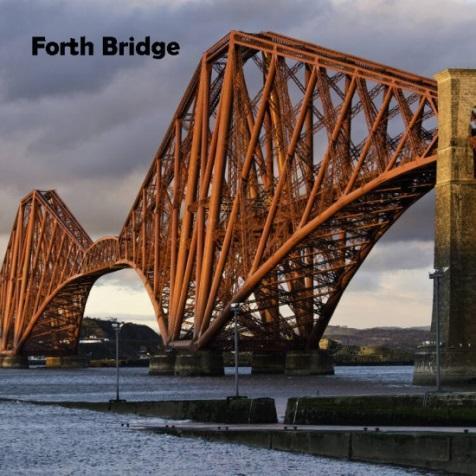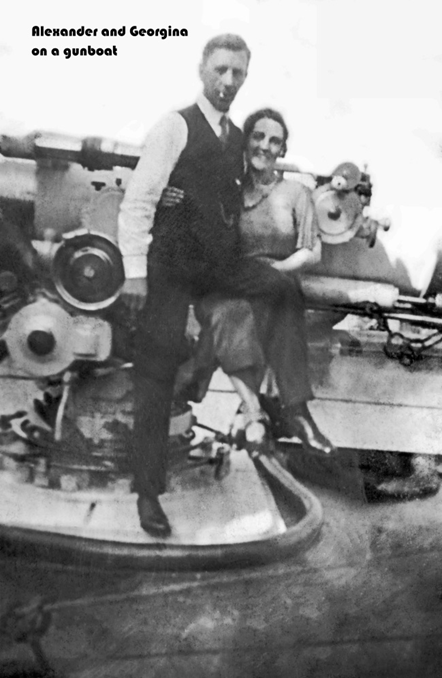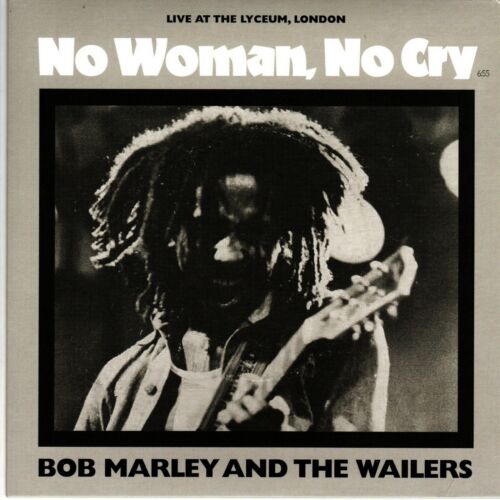My father enlisted in the Royal Naval Volunteer Reserve (RNVR) in June 1940, about nine months after the war began in 1939. It was also about three months before he and my mother got married on October 4, 1940. We know this because he is wearing his royal navy uniform in the wedding photo above. Why does my father wear his naval uniform in wedding photos?
Obviously, he must have been proud of his uniform, his service, and his country. And of course, he’d met my mother at the Highlander’s Institute. Moreover, my mother was obviously proud of the fact that she was going to marry a naval officer. In retrospect, one gets the feeling that my mother was more proud of this fact, than my father.
Reasons for Enlistment in the Royal Navy
On the day Britain declared war on Germany, the Parliament immediately introduced the national conscription. The National Service (Armed Forces) Act imposed conscription on all males aged between 18 and 41 to register for service. Those working in key industries and jobs, such as engineering, were exempt. Therefore, my father didn’t need to enlist in the RNVR as he was exempted. One might think he may have enlisted in the RNVR for reasons of employment.
I’m not sure of the facts, but being a ‘Volunteer Reserve’ seems to suggest that one ‘volunteers’ to join; hence, the involvement in hostilities may also be voluntary. If it is not voluntary, then it is perhapsp less likely that one will be directly involved in hostilities than those in the regular Royal Navy. There are a lot of ifs and buts here!
I talk more about the history of the National Conscription here.
Fight Them on the Beaches
On the other hand, one might think that my father enlisted in the RNVR because he was inspired by Churchill’s. He gave the speech “Fight Them on the Beaches” to the Parliament one week before:19
“Even though large tracts of Europe and many old and famous States have fallen, or may fall into the grip of the Gestapo and all the odious apparatus of Nazi rule, we shall not flag or fail. We shall go on to the end. We shall fight in France; we shall fight on the seas and oceans; we shall fight with growing confidence and growing strength in the air; we shall defend our island, whatever the cost may be.
We shall fight on the beaches; we shall fight on the landing grounds; we shall fight in the fields and in the streets; we shall fight in the hills; we shall never surrender. And even if, which I do not for a moment believe, this island or a large part of it were subjugated and starving; then our Empire beyond the seas, armed and guarded by the British Fleet, would carry on the struggle, until, in God’s good time, the New World, with all its power and might, steps forth to the rescue and the liberation of the old.“
I elaborate more on the Never Surrender speech by Winston Churchill here.
Alexander Whitecross Harkness
Like my father, his father, Alexander Whitecross Harkness, avoided military service during the First World War. This was not because he faked a disability, but probably because he was an electrician working in a key industry. I don’t have the specifics, but in one of the few photos of him (in fact the only one of him with his wife, Georgina), they were on the deck of what seems to be a gunboat or battleship. Thus, it’s possible that this was sometime during the First World War.
It may also be surmised, as mentioned, that he was exempt from military service because he worked in engineering, which is a key industry. Moreover, that was specifically engineering work related to the Royal Navy and the maintenance of their boats and ships.
Furthermore, it is not unthinkable that the photo of my grandfather Alexander and his wife Georgina on the deck of a gunboat or battleship was taken at Rosyth Naval Dockyard. In other words, perhaps my grandfather, again like my father, worked at Rosyth Naval Dockyard. The dockyard is not that far from my grandparents’ home on 134 Gorgie Road, Edinburgh. To travel to Rosyth by rail from Edinburgh, they would have to cross the magnificent Forth Bridge.

Battle of Dunkirk
My younger brother Gavin informed me that our father ‘boasted’ about being a part of the Dunkirk evacuation. However, he dismisses this as ‘wishful thinking’. I did a quick Internet search and found no evidence of him or ‘his’ boats being involved in the Dunkirk evacuation. However, I did notice that the RNVR was heavily involved, as they used a number of ‘minesweepers’ belonging to the Royal Navy. ‘Minesweepers’ are obviously related to ‘degaussing’ boats, as they both serve the same purpose: to clear minefields.
On the other hand, I value so-called ‘oral sources’. So while my father’s story about ‘Dunkirk involvement’ may have been embellished, it is not unlikely that there is some kernel of truth in what he claimed. It is also perhaps more than a coincidence that he enrolled in the RNVR roughly one week after the evacuation of Dunkirk had been completed. Besides, it appears that people and boats from Rosyth Dockyard were also involved in the Dunkirk evacuation.
Experiences in the Royal Navy Volunteer Reserve
My father also has numerous certificates from his time working at the RNVR. I will discuss each of these in the succeeding posts.
19 Churchill delivered his speech on the events at Dunkirk to the British House of Commons on June 4, 1940, beginning at 3:40 p.m. and ending at 4:15. He began by summarizing the German invasion of Belgium and France. https://www.encyclopedia.com/arts/encyclopedias-almanacs-transcripts-and-maps/speech-evacuation-dunkirk




2 Replies to “Enlistment in the Royal Navy Volunteer Reserve”